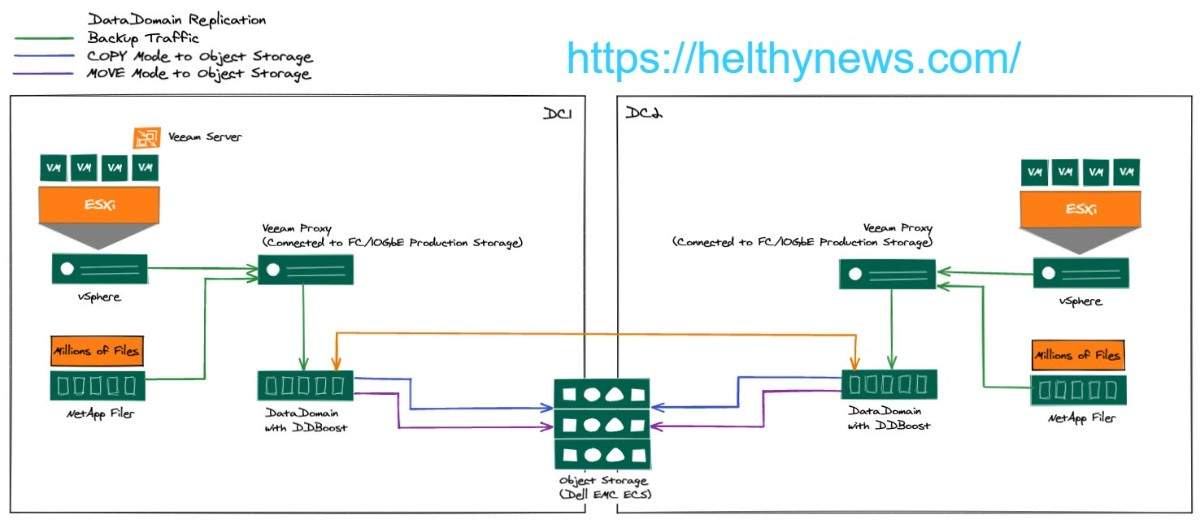
When it comes to Industrial Ethernet technology, there’s a lot of confusion about the differences between Layer 2 and Layer 3 switches. For most people, when they hear the term “Ethernet switch”, they think of a box with ports that plug into a computer or other device. But this isn’t necessarily the case. In this article, we will explore the key differences between Layer 2 and Layer 3 industrial Ethernet switches and their applications in industrial settings. We will also discuss how each layer can help improve network performance and reliability, as well as how to select the right solution for your needs.
What is Layer 2 and Layer 3?
Layer 2 Ethernet switches work at the data link layer (OSI Layer 2) and are used to connect devices within the same network segment. Layer 3 Ethernet switches work at the network layer (OSI Layer 3) and are used to connect different network segments.
Layer 2 Ethernet switches use Media Access Control (MAC) addresses to forward frames between devices on the same network segment. MAC addresses are unique identifiers assigned to each device on a network. Layer 2 switches maintain a MAC address table that they use to forward frames to the correct destination.
Layer 3 Ethernet switches use IP addresses to forward packets between different network segments. IP addresses are unique identifiers assigned to each device on a network. Layer 3 switches maintain a routing table that they use to forward packets to the correct destination.
The main difference between layer 2 and layer 3 switches is the routing function. A layer 3 switch performs all the functions of a layer 2 switch, but it also has the ability to route traffic between different subnets. This means that a layer 3 switch can be used as a standalone device or as part of a larger network.
Layer 2 switches are designed to work with Ethernet frames, while layer 3 switches are designed to work with IP packets. This means that layer 3 switches have more advanced features than layer 2 switches, such as the ability to perform Quality of Service (QoS) and Traffic Engineering (TE).
Layer 2 switches are typically used in small networks, where all devices are in the same subnet. Layer 3 switches are typically used in larger networks, where there are multiple subnets.
When to Use a Layer 2 or Layer 3 Switch
Layer 2 Ethernet switches forward traffic based on MAC addresses. Layer 3 Ethernet switches, on the other hand, can route traffic based on IP addresses in addition to MAC addresses. So, when deciding whether to use a layer 2 or layer 3 switch, you need to consider how your network is currently configured and what your future needs might be.
If you have a small network with only a few devices, a layer 2 switch may be all you need. But if you have a large network or one that is growing, you might need the added capabilities of a layer 3 switch.
Layer 2 vs Layer 3 Ethernet Switch: Which is Better?
Layer 2 Ethernet switches operate at the data link layer of the OSI model, allowing them to pass traffic between networked devices and forward broadcasts within a single collision domain. Layer 3 switches, on the other hand, operate at the network layer of the OSI model. This gives them the ability to pass traffic between multiple collision domains and to perform routing functions.
So, which is better? Layer 2 or Layer 3? The answer depends on your specific needs. If you need to connect a large number of devices within a single collision domain, then a Layer 2 switch will be sufficient. However, if you need to connect multiple collision domains or perform any routing functions, then you’ll need a Layer 3 switch.
Conclusion
Having a good understanding of Layer 2 vs Layer 3 industrial Ethernet switches will help you select the right one for your needs. Before buying, it’s important to consider how many ports and features are needed and what type of traffic demand is expected. In general,Layer 2 switches offer more speed but less flexibility when it comes to connecting multiple networks. On the other hand, Layer 3 switches provide much greater routing capabilities with an increase in latency and cost compared to a Layer 2 network switch. Ultimately, your choice between these two options depends on what features you need from an industrial Ethernet switch.





